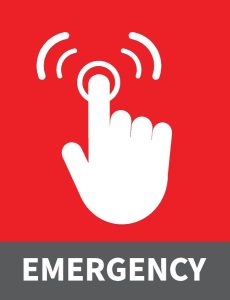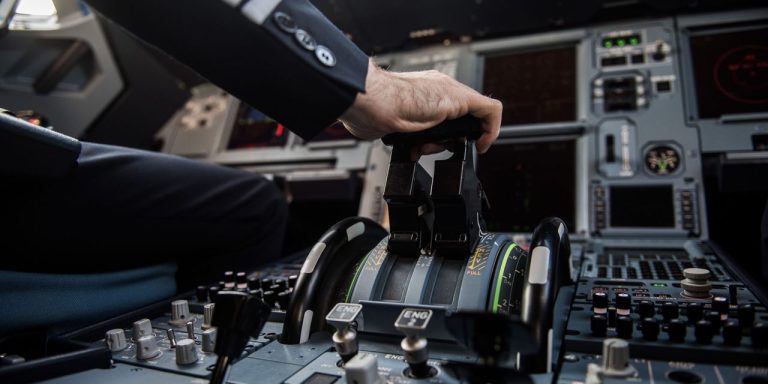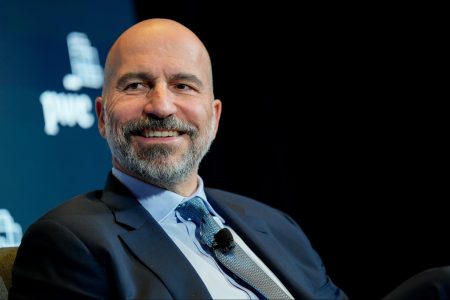American Airlines pilots agreed to a new pay contract earlier this week.
Akos Stiller/Bloomberg
It’s a good time to be an airline pilot.
Major U.S. carriers have been negotiating bumper new pay deals with their pilots a time when for most workers pay raises are only just surpassing inflation – and that’s for the first time in two years.
Earlier this week
American Airlines
’ (AAL) pilots were the latest to agree to a new contract. This means almost all the major players have now reached an agreement apart from
Southwest Airlines
(LUV), which is still locked in contract talks.
The increase is eyewatering. The Allied Pilots Association (APA) said the American deal constitutes a 46% pay hike over four years, when pilots’ 401(k) contributions and annual raises are included. On average pilots will get an immediate 21% raise, it added.
In comparison, average hourly earnings for a worker rose 4.4% in June from a year earlier–the first time pay hikes have outstripped consumer price inflation in two years.
The average annual salary for airline pilots, co-pilots, and flight engineers was $225,470 in May 2022—up from $198,190 the previous year, according to the latest available Bureau of Labor Statistics data. That doesn’t include the latest batch of pay deals, so the data for 2023 should reveal another significant jump.
“This contract is a big first step toward restoring the wages, benefits, and work rules that were lost during the past two decades while our profession was under continuous assault,” APA president Ed Sicher said of the American deal.
There are a number of factors behind the above-average pay raises pilots are enjoying right now. One is that they’ve had to wait for them. Many pilots were still on 2016 pay levels going into the negotiations, as talks were delayed during Covid-19.
Another is the pandemic itself, which exacerbated a fledgling pilot shortage. Airlines were left scrambling to meet the surging demand for travel post-Covid without enough aviators. Training more pilots is one solution, but it’s not a quick one. It requires at least 1,500 hours of training in an aircraft to obtain the Federal Aviation Administration’s Airline Transport Pilot certificate.
Those factors put pilots in a strong negotiating position. But as the talks have drawn on, airlines have consistently gazumped each other’s offers, driving pay higher.
American sweetened its offer after
United Airlines
(UAL) agreed to raise pay for its pilots by up to 40% over four years. The high bar for United’s offer was set by
Delta Air Lines
(DAL), which offered a 34% increase over four years back in December.
It gets even better for pilots of those carriers, as both agreements included ‘snap-up’ clauses to ensure pay is hiked again to reflect any raises agreed to by rivals.
The pay increases do mean higher labor costs for airlines. American said its new agreement would cost an extra $230 million in retroactive pay, which will be reflected in its third quarter earnings. Costs in the third quarter will be around 2 percentage points higher, but significantly full-year costs will remain unchanged. From a consumer perspective, there’s no immediate concern that airfares may increase as airlines adjust to higher labor costs. The average price of a domestic round-trip for Labor Day weekend is $226, 11% down on last year, according to online travel agency Hopper.
If anything reverses the recent decline in airfares, it’s likely to be the recent rise in fuel prices. Jet fuel prices in North America in the week ending Aug.18 were 24.7% higher than the prior month’s average, according to the International Air Transport Association.
Citi analysts noted Wednesday that yield growth, or revenue per mile, has started to bounce in August “arguably in response to fuel prices.”
“When fuel prices increase, especially rapid, intense increases, most travelers that will board planes over the following weeks [will have] already purchased their tickets,” analysts, led by Stephen Trent, said.
“As new customers gradually purchase tickets at higher fares, the higher airfares gradually start to show up in booking curve trends” he added, noting that there wasn’t yet enough data to reach a conclusion.
For now, domestic airfares remain lower than the elevated levels of 2022, which were driven by the reopening of travel.
Write to Callum Keown at [email protected]
Read the full article here









